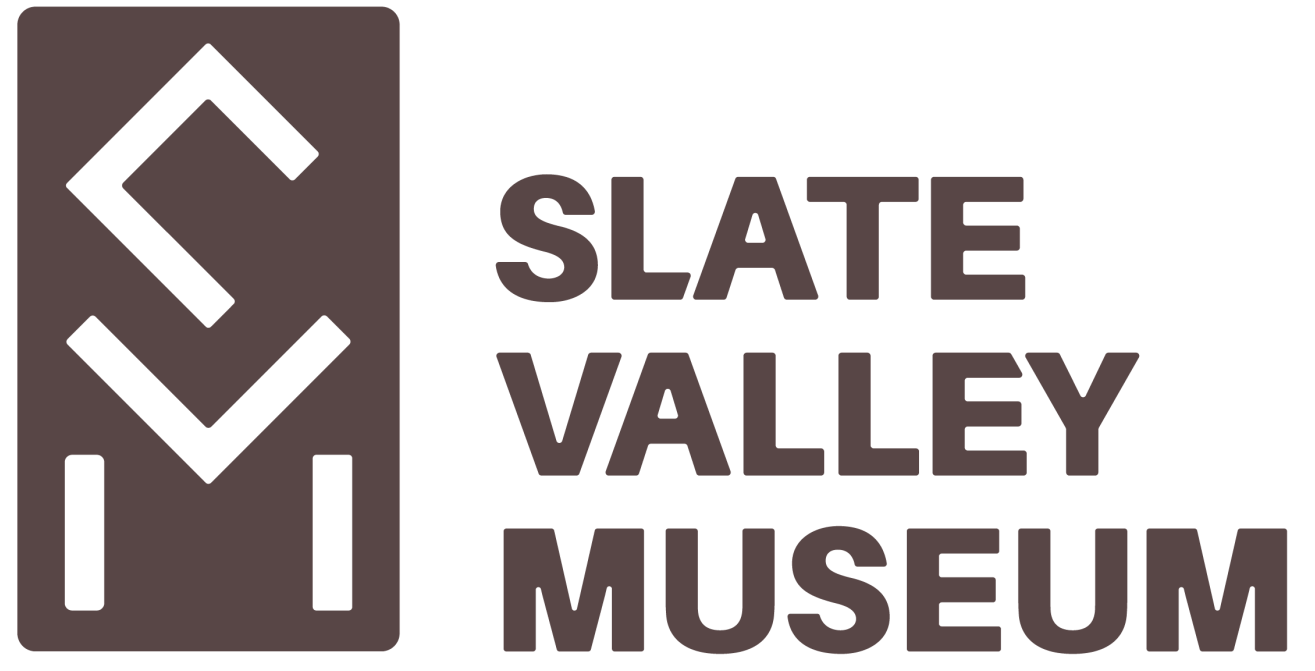Emergence of Mural Art
The shifts in the philosophy surrounding architecture and materials also influenced the plan for Washington, D.C., which continued into the 1930s and FDR's administration. Leaders hoped the broader, more inclusive approach would also help prompt a social reform plan to meet the challenges of the Depression. The goal was to replace the ethos of the Gilded Age, with its heavy focus on opulence and grandeur, with a spirit of broader social change that enriched the lives of more of the population, not just the wealthy elite.
Roosevelt’s experience as Governor connected him with many key artists' groups, unions, museums, and professions supporting contemporary art and seeking government support. This would reflect local or regional interests and address pictorially some of the pressing issues and democratic ideals of the times. New concepts in real mural painting would “embody a new social idea” as vocalized by Diego Rivera . These ideas were not always visually pretty, as was the focus of the previous era, but they expressed the social realities of the times. For muralists this meant a shift from the use of allegorical paintings to represent a topic to an emphasis on depicting real people in real life.
The first federal government sponsored art program started on December 8, 1933, when the Public Works of Art Project began. Funding for PWAP was $1.03 million. More than 3700 artists nationwide participated in this short-lived, six-month program. This included 31 artists working in the Woodstock, NY art colony, including Martha Levy and her sister, Josephine.
It would be the Work Progress Administration's Federal Project No. 1 that would, starting in 1935, bring an umbrella of support to artists, musicians, actors, and writers. For the Federal Arts Project (FAP) the director's position would be given to E. Holger Cahill.
Holger Cahill was very well aware of Martha Levy's work on Men Working in Slate Quarry. He was photographed standing happily in front of a panel, yet to be completed, for the September 5, 1938, issue of TIME Magazine. The notation with the image read: His project: to build a plateau. The author of the article stated “the typical U.S. professional in fine arts worked in the world but was not a part of it.” Few knew of “their dignity, and when discovered it usually was misinterpreted. Much has happened in the last few years to alter this national condition.”

